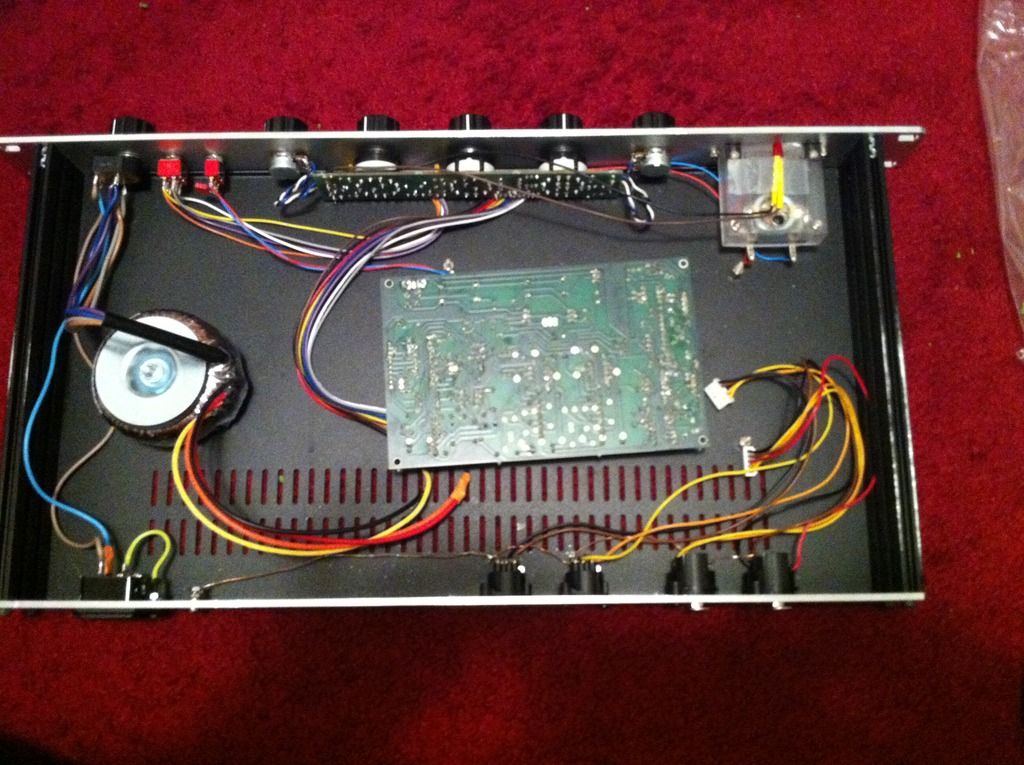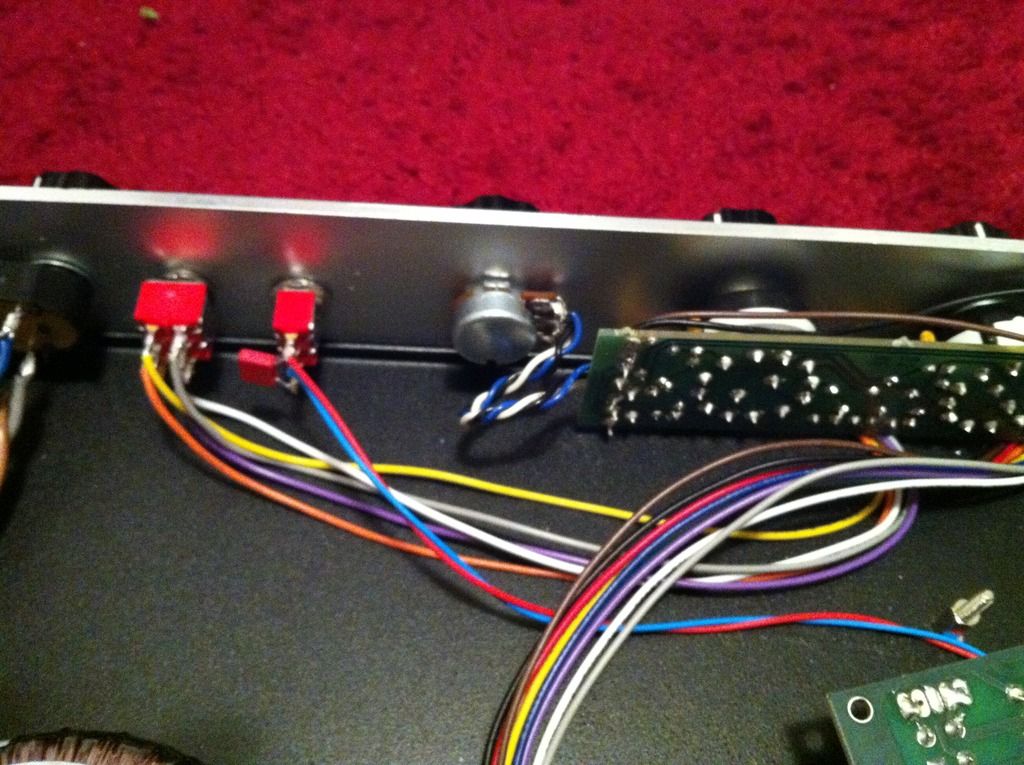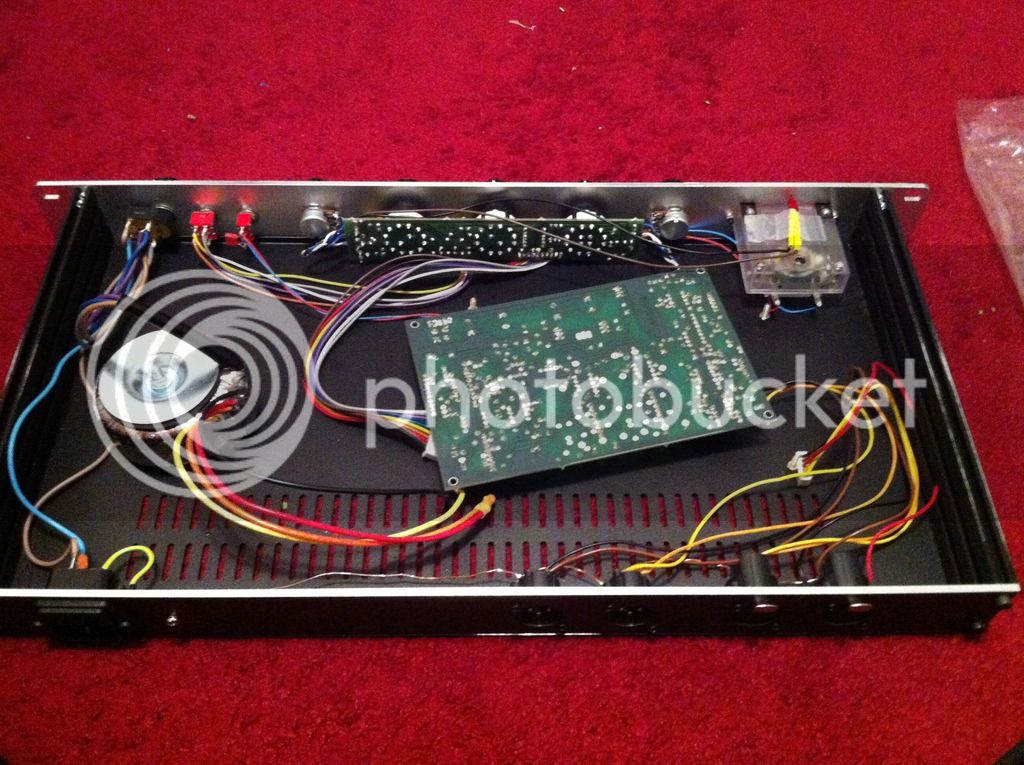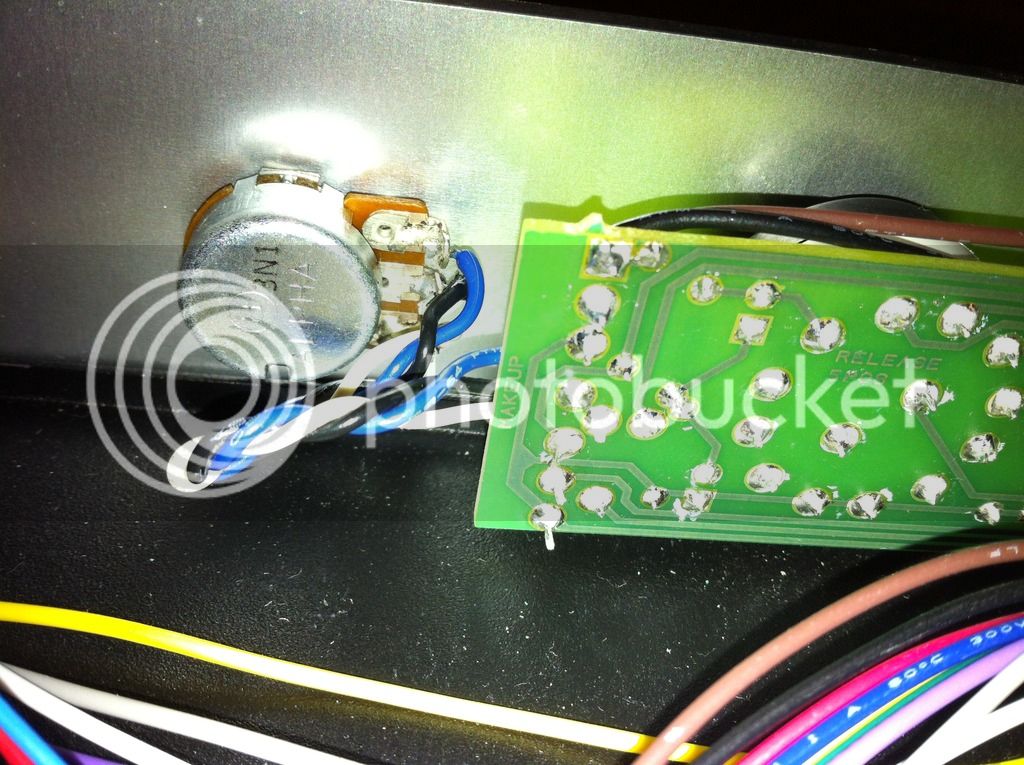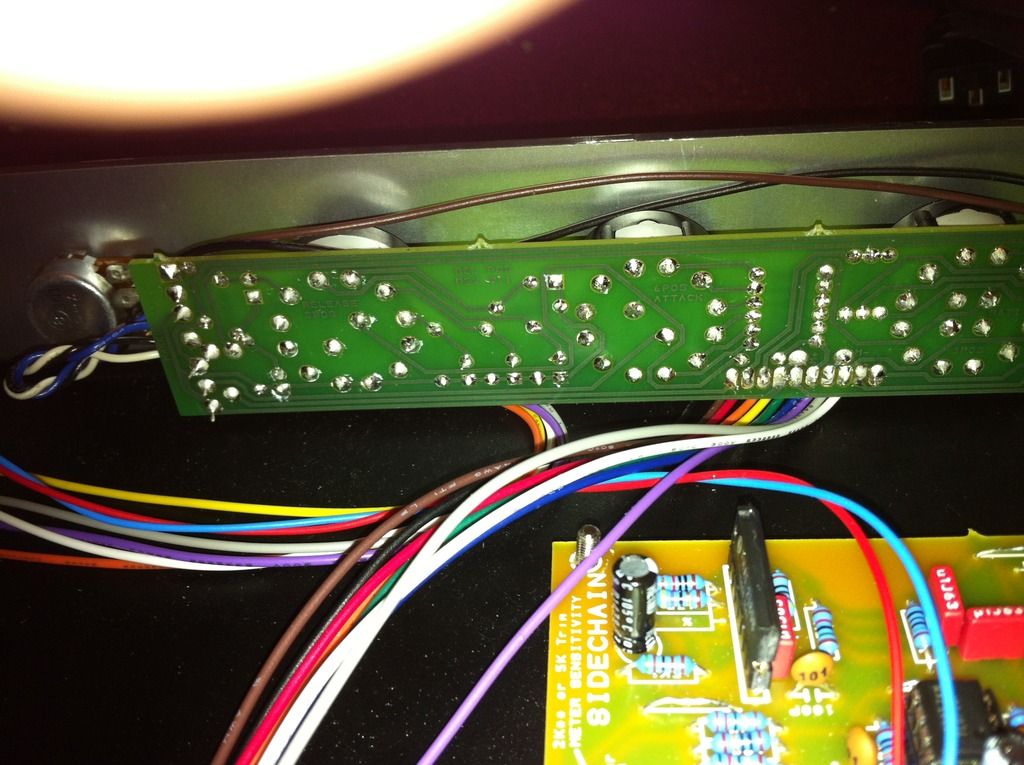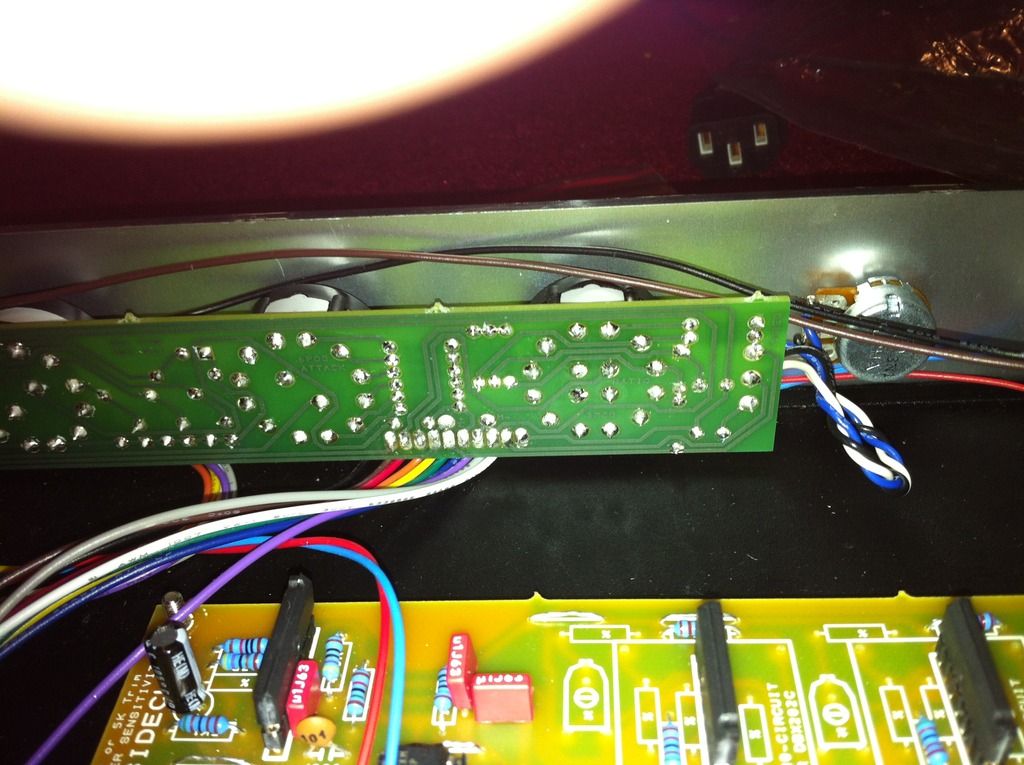main repairman said:,bass loop,, and output unit i not hear change. I do not understand the sense HPF without change the sound output unit.
The high pass cuts the low end from the signal that the compressor reacts to.. The example you posted has a very static low end (and not a very pronounced one to boot), so changing the high pass will not be that dynamic of an effect - more like adjusting the threshold.
Theres a nice explanation here.
http://www.sknoteaudio.com/wp/index.php/2015/12/16/sidechain-high-pass-filter-compressor/
Try a standard drum loop with a kick and snare. Engaging the high pass will make the compressor reach relatively less to the low end.
Gustav














